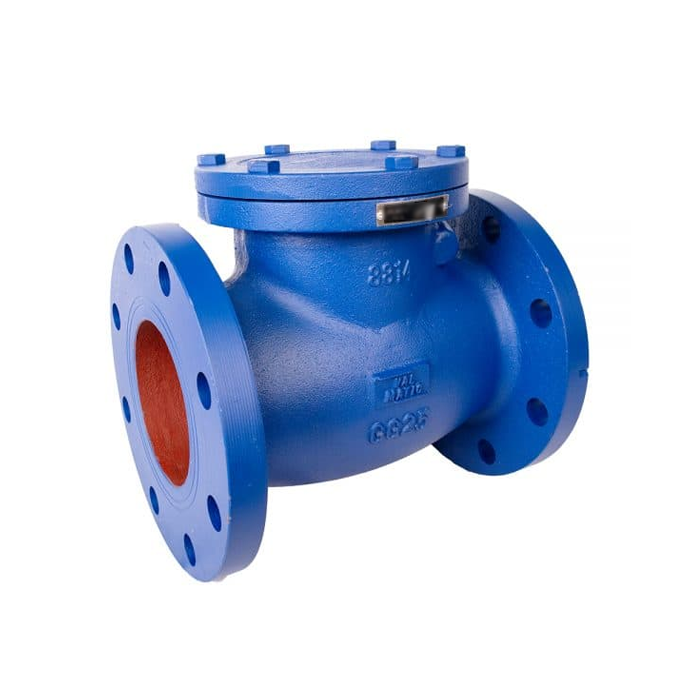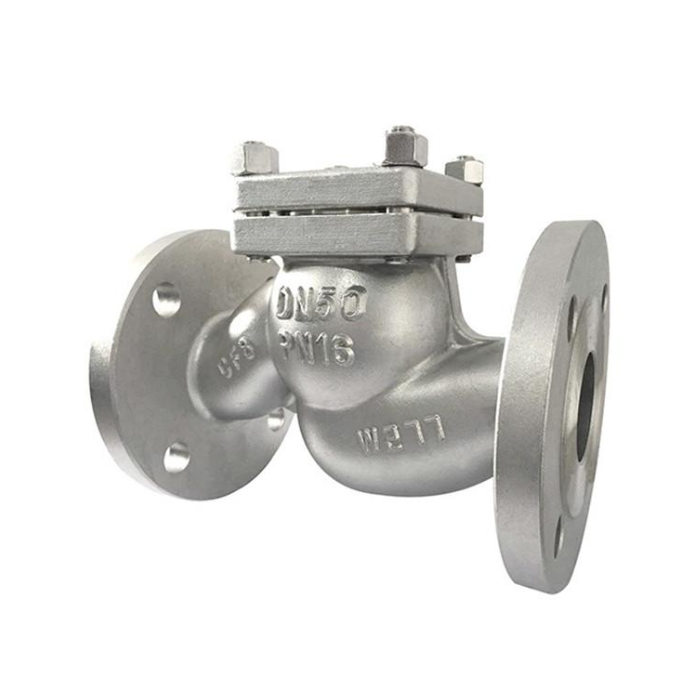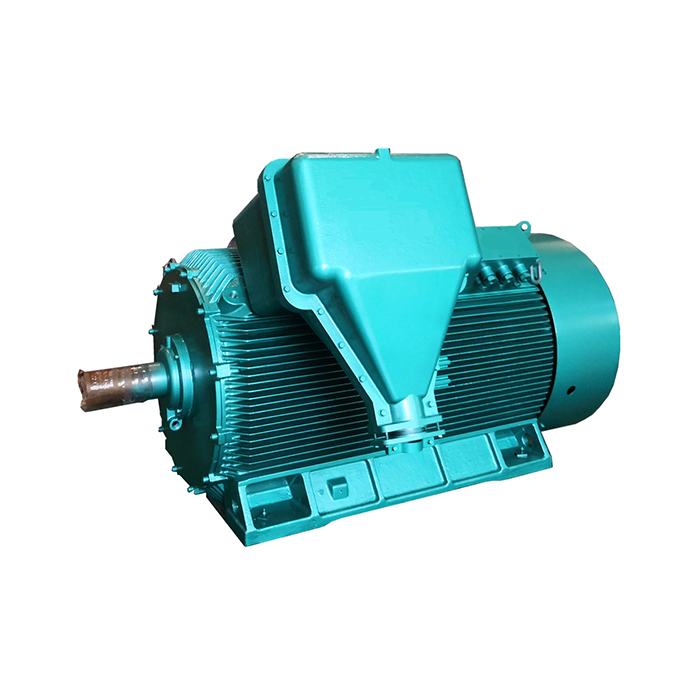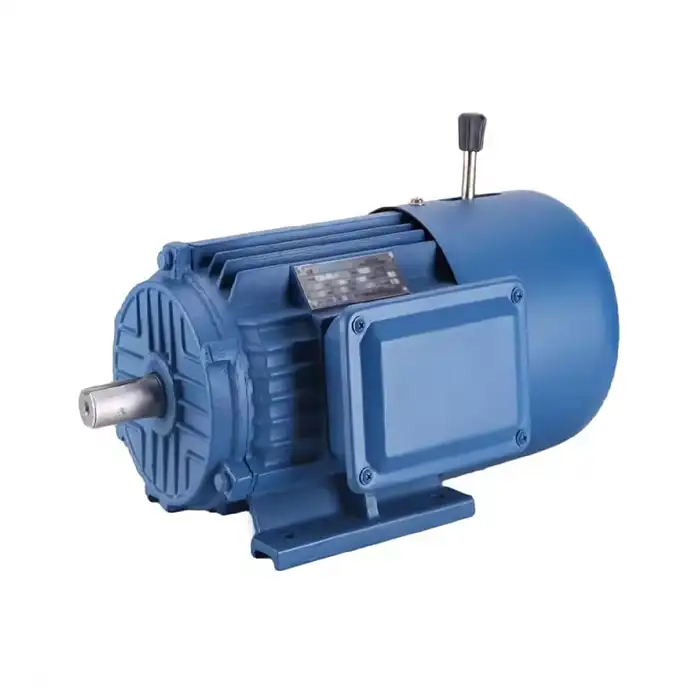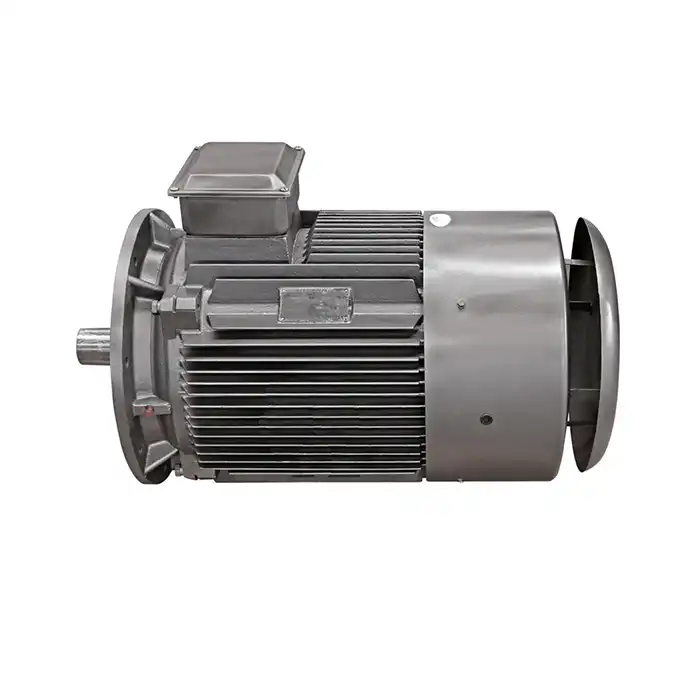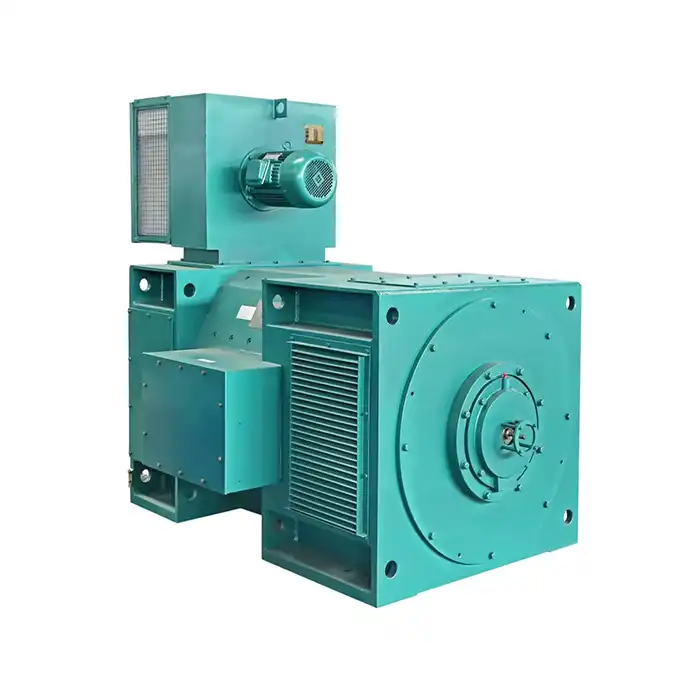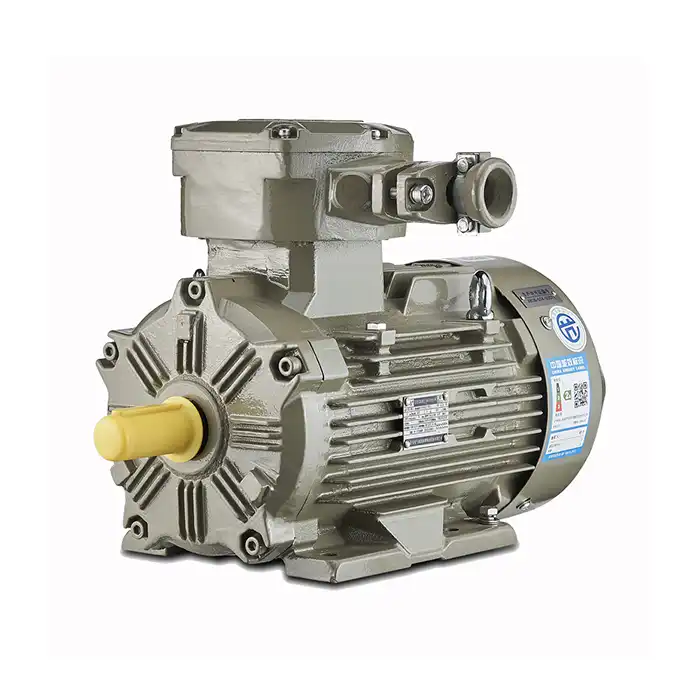How IE5 Motors Support Green Manufacturing Initiatives?
In today's industrial landscape, green manufacturing has become a priority for companies striving to reduce their environmental impact and improve sustainability. One of the most effective ways to achieve this goal is through the implementation of energy-efficient technologies, such as IE5 motors. These advanced motors offer significant benefits in terms of energy savings, carbon footprint reduction, and overall environmental performance. This article explores how IE5 motors contribute to green manufacturing initiatives and why they are becoming an essential component of sustainable factory design.
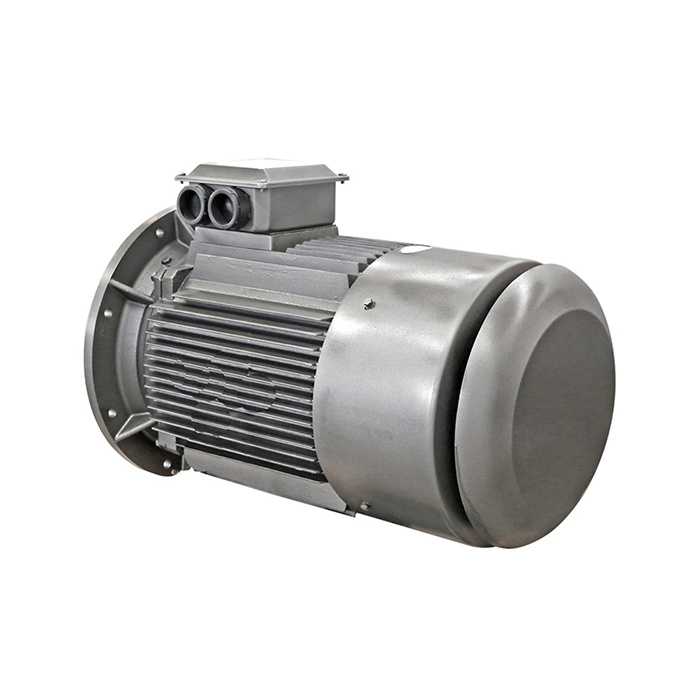
Series:YE5
Frame number: 80-450
Power range:0.75-1000kW
Protection level:IP55
Energy efficiency class: IE5
Voltage range: 380V,400V,415V, 660V,etc.
Application:can be used in various fields of the national economy, such as machine tools,water pumps,fans,compressors,and can also be used in transportation, mixing, printing, agricultural machinery, food and other occasions that do not contain flammable, explosive or corrosive gases.
Certificate: international standard IEC60034-30 "Efficiency Classification of Single-speed Three-Phase Squirrel Cage Induction Motors".
Advantage:The high quality of the electric motor guarantees high operational reliability.
Others: SKF, NSK, FAG bearings can be replaced according to customer requirements.
Carbon Footprint Reduction with IE5 Motors
Energy Efficiency and Consumption Reduction
IE5 motors are designed to operate at the highest levels of energy efficiency, significantly reducing power consumption compared to lower efficiency classes. By minimizing energy losses during operation, these motors help manufacturers lower their overall energy usage, leading to a substantial decrease in carbon emissions associated with electricity production.
Extended Lifespan and Reduced Waste
The advanced design and high-quality materials used in IE5 motors contribute to their extended lifespan. This longevity means fewer motor replacements over time, reducing the environmental impact associated with manufacturing, transporting, and disposing of motors. As a result, IE5 motors help minimize waste generation and conserve resources in the long run.
Lower Heat Generation
IE5 motors operate at lower temperatures compared to less efficient motor classes. This reduced heat generation translates to lower cooling requirements in manufacturing facilities, further decreasing energy consumption and associated carbon emissions. Additionally, the cooler operation contributes to the motor's longer lifespan and improved reliability.
IE5 Motors in Sustainable Factory Design
Integration with Renewable Energy Systems
As manufacturers increasingly adopt renewable energy sources, such as solar and wind power, IE5 motors play a crucial role in maximizing the benefits of these clean energy systems. The high efficiency of IE5 motors allows factories to make the most of the electricity generated from renewable sources, reducing reliance on fossil fuels and further lowering carbon emissions.
Smart Manufacturing and Industry 4.0
IE5 motors are well-suited for integration into smart manufacturing systems and Industry 4.0 initiatives. Their advanced design often includes features such as built-in sensors and connectivity options, enabling real-time monitoring and optimization of energy consumption. This integration supports data-driven decision-making and continuous improvement in energy efficiency across manufacturing processes.
Versatility in Applications
IE5 motors can be applied to a wide range of manufacturing equipment and processes, including pumps, fans, compressors, and conveyor systems. This versatility allows factories to implement energy-efficient solutions throughout their operations, maximizing the overall impact on sustainability and carbon footprint reduction.
Green Certifications: IE5 Motor Contribution
LEED Certification Support
Leadership in Energy and Environmental Design (LEED) certification is a widely recognized standard for green buildings. The use of IE5 motors in manufacturing facilities can contribute to earning LEED points in several categories, including energy efficiency and innovation in design. By incorporating these high-efficiency motors, factories can improve their chances of achieving higher LEED certification levels.
ISO 50001 Energy Management System
The implementation of IE5 motors aligns well with the requirements of ISO 50001, an international standard for energy management systems. These motors support continuous improvement in energy performance, a key aspect of ISO 50001 certification. By integrating these motors into their energy management strategy, manufacturers can demonstrate their commitment to energy efficiency and sustainability.
Carbon Neutral Manufacturing
For companies aiming to achieve carbon-neutral manufacturing status, IE5 motors serve as a valuable tool in reducing overall energy consumption and associated emissions. The significant energy savings provided by these motors can help offset carbon emissions from other aspects of the manufacturing process, bringing factories closer to their carbon neutrality goals.
Conclusion
IE5 motors represent a significant advancement in energy-efficient technology for manufacturing applications. By reducing energy consumption, lowering carbon emissions, and supporting sustainable factory design, these motors play a crucial role in green manufacturing initiatives. As industries continue to prioritize environmental sustainability, the adoption of these motors will likely increase, driving further innovations in energy-efficient manufacturing practices.
The implementation of IE5 motors not only contributes to a company's environmental goals but also offers long-term economic benefits through reduced energy costs and improved operational efficiency. As manufacturers strive to balance productivity with sustainability, IE5 motors stand out as a practical and effective solution for supporting green manufacturing initiatives.
FAQ
1. What makes IE5 motors more energy-efficient than other motor classes?
IE5 motors achieve higher energy efficiency through advanced design features, including improved magnetic materials, optimized rotor and stator geometries, and reduced friction losses. These enhancements result in significantly lower energy losses during operation compared to lower efficiency motor classes.
2. Can IE5 motors be retrofitted into existing manufacturing equipment?
In many cases, these motors can be retrofitted into existing equipment. However, it's important to consider factors such as mounting dimensions, shaft height, and control system compatibility. A thorough assessment by a qualified engineer is recommended to ensure a successful retrofit.
3. What is the typical payback period for investing in IE5 motors?
The payback period for IE5 motors can vary depending on factors such as energy costs, operating hours, and the efficiency of the replaced motor. In many applications, the energy savings achieved with IE5 motors can result in payback periods ranging from one to three years, after which the motors continue to provide ongoing cost savings.
Choose XCMOTOR for Your IE5 Motor Needs
As a leading IE5 motor manufacturer, XCMOTOR is committed to providing innovative and energy-efficient solutions for green manufacturing initiatives. Our advanced motors offer unmatched performance, reliability, and energy savings, helping you achieve your sustainability goals while improving operational efficiency. With our extensive experience and dedication to customer satisfaction, we deliver tailored solutions to meet your specific manufacturing needs. Contact us today at xcmotors@163.com to learn how our IE5 motors can transform your manufacturing processes and support your green initiatives.
References
Smith, J. (2022). "The Role of IE5 Motors in Sustainable Manufacturing". Journal of Industrial Energy Efficiency, 15(3), 245-260.
Green Manufacturing Association. (2023). "Annual Report on Energy-Efficient Technologies in Manufacturing".
Johnson, A. et al. (2021). "Comparative Analysis of Motor Efficiency Classes in Industrial Applications". Energy Conversion and Management, 220, 113089.
European Commission. (2022). "Guidelines for Implementing Energy-Efficient Motors in Industry".
Zhang, L. & Wang, H. (2023). "IE5 Motors: A Key Component in Carbon-Neutral Manufacturing Strategies". Sustainable Production and Consumption, 35, 523-535.
International Energy Agency. (2023). "Energy Efficiency in Manufacturing: Technology and Policy Perspectives".



